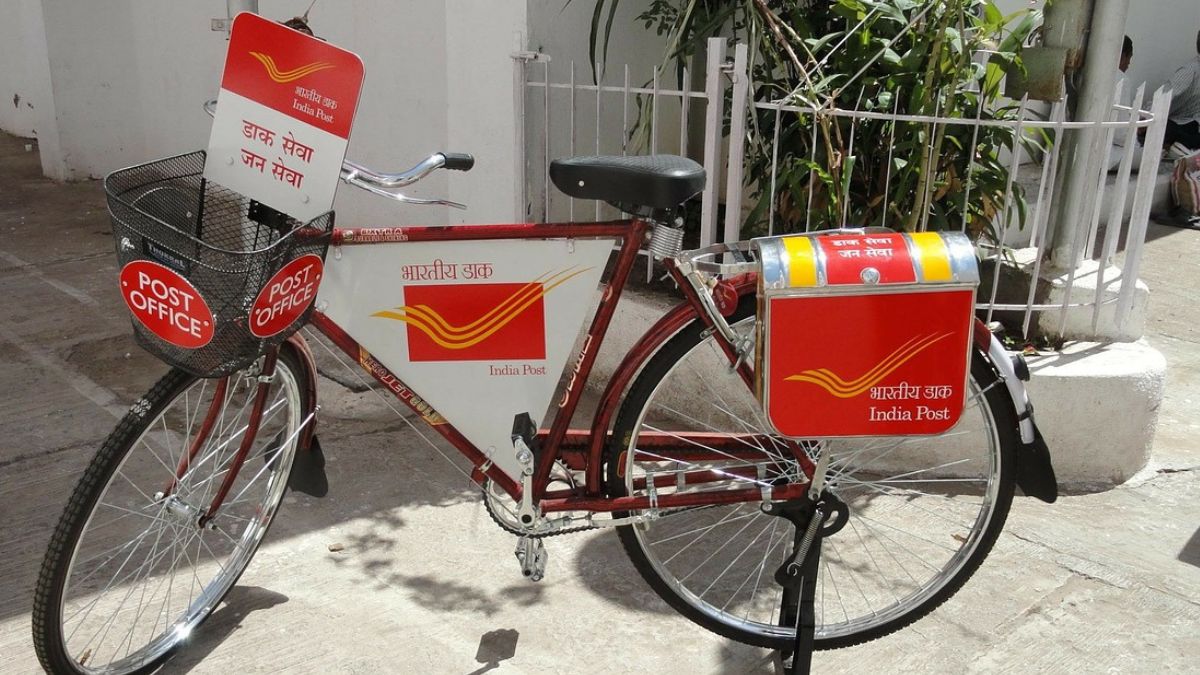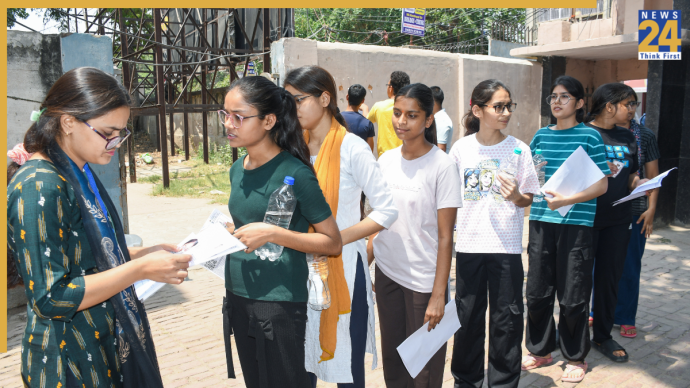As a gift to small-scale depositors, the Central Government has decided to keep the interest rates unchanged on various small savings schemes for Q4 FY25. This decision deviates from the usual practice of revising interest rates on small savings schemes, such as Post Office Deposits, Public Provident Fund (PPF), Sukanya Samriddhi Yojana (SSY), and National Savings Certificate (NSC), every quarter. For the January-March 2025 quarter, the government has announced that the interest rates on these schemes will remain unchanged. However, interest rates on small savings schemes including PPF, NSC and KVP are reviewed every three months. Interest rates on small savings schemes range between 4% to 8.2%. The government also keeps an eye on the liquidity situation and inflation in the country before deciding on the interest rates of small savings schemes.
According to News 18, the Finance Ministry has issued a notification stating: “The rates of interest on various small savings schemes for the fourth quarter of FY 2024-25, from January 1, 2025, to March 31, 2025, shall remain unchanged from those notified for the third quarter (October 1, 2024, to December 31, 2024).”
The current interest rate for the Public Provident Fund (PPF) is 7.1%, while banks are providing interest rates in the range of 6.5 % to 8.05 %. The rates are for deposits for tenures between 1- 3 years for citizens below 60 years of age. Senior citizens are offered extra interest rates of fixed deposits. The Sukanya Samriddhi Yojana (SSY) offers an attractive 8.2% interest. The government had previously raised these rates in December 2023. For the Sukanya Samriddhi Account, the minimum investment required is ₹250, with a maximum limit of ₹1.5 lakh per financial year. Deposits can be made as a lump sum, with no restrictions on the number of deposits within a month or a financial year. This scheme provides up to 8.2% interest, making it an excellent option for secure, long-term savings.
What are small saving schemes
To encourage citizens to save regularly, the government manages a range of Small Savings Schemes. These schemes are categorized into three types: savings deposits, social security schemes, and monthly income plans.
Postal Deposits: Includes savings accounts, recurring deposits, time deposits, and the Monthly Income Scheme (MIS).
Savings Certificates: Comprises the National Savings Certificate (NSC) and Kisan Vikas Patra (KVP).
Social Security Schemes: Encompasses the Sukanya Samriddhi Yojana (SSY), Public Provident Fund (PPF), and Senior Citizens Savings Scheme (SCSS).
These schemes provide secure and reliable options for individuals to build their savings.
Interest Rates On Small Savings Schemes – current quarter (January-March 2025)
Savings Deposit: 4 per cent
1-Year Post Office Time Deposits: 6.9 per cent
2-Year Post Office Time Deposits: 7.0 per cent
3-Year Post Office Time Deposits: 7.1 per cent
5-Year Post Office Time Deposits: 7.5 per cent
5-Year Recurring Deposits: 6.7 per cent
National Savings Certificate (NSC): 7.7 per cent
Kisan Vikas Patra: 7.5 per cent (will mature in 115 months)
Public Provident Fund: 7.1 per cent
Sukanya Samriddhi Account: 8.2 per cent
Senior Citizens Savings Scheme: 8.2 per cent
Monthly Income Account: 7.4 per cent.
According to the government’s new interest policy, post office schemes are an excellent option for those seeking risk-free investments with good returns in a short period. Post Office Small Savings Schemes, including the Post Office Recurring Deposit (RD), are particularly popular.
In the Post Office RD scheme, you can accumulate a substantial amount of ₹8 lakh by investing just ₹5,000 per month. A key feature of this scheme is the ease of obtaining loans, making it an attractive choice for individuals looking for both savings and financial flexibility.
In the year 2023, the government gave a gift to the investors by increasing the interest rate on the Post Office Recurring Deposit Scheme. These new rates are applicable in the October-December 2023 quarter. Talking about the interest rate on investment in this scheme, an interest rate of 6.7 percent is available, which is revised on a quarterly basis. But under the scheme, benefits are given on an annual basis.
How To Get A Loan On Your Deposits?
You can open an account in the Post Office Recurring Deposit (RD) Scheme by visiting any nearby Post Office. The minimum investment starts at ₹100. The maturity period for a Post Office RD is five years, but the scheme also offers the flexibility to close the account before the completion of this period.
Additionally, the scheme provides a loan facility. After the account has been active for one year, you can avail of a loan of up to 50% of the deposited amount. However, the interest rate on the loan is 2% higher than the prevailing RD interest rate.













